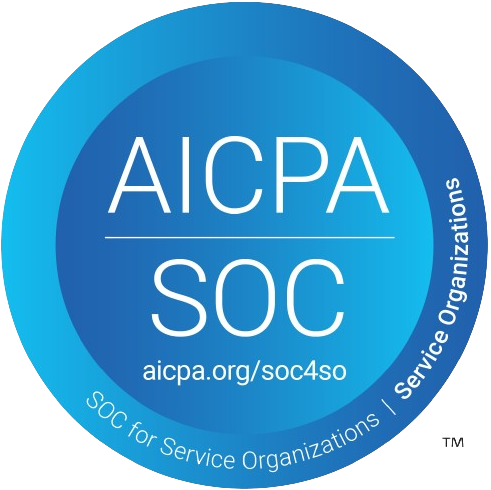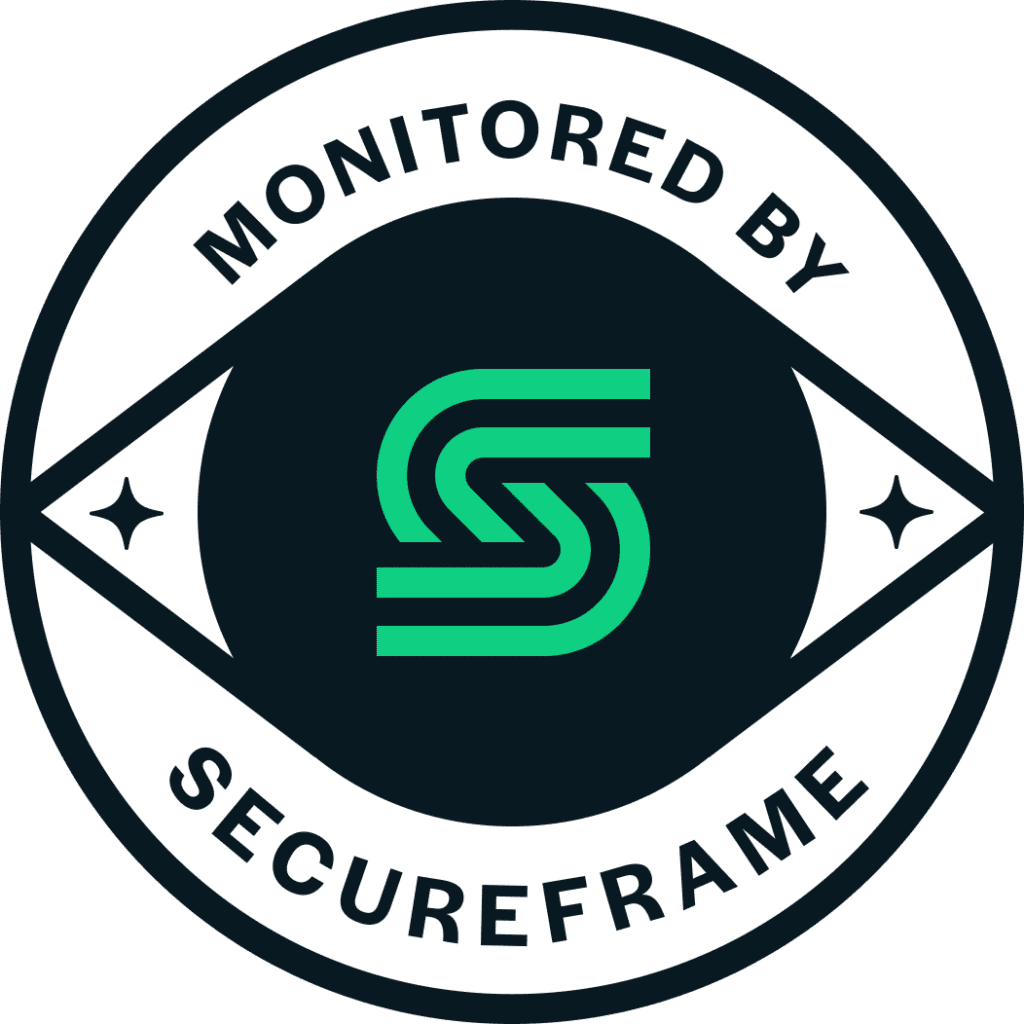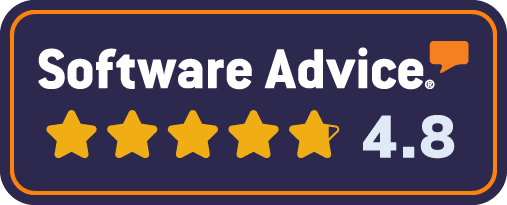Welcome to the next frontier in content marketing. Increasingly, forward-thinking companies and brands are incorporating interactive experiences into their content efforts. From increased customer engagement to the collection of invaluable audience data and insights, the results have been pretty fascinating.
The following four examples illustrate how interactive content is being leveraged across various industries to drive customer engagement. They provide interesting examples of how companies are using interactive content to solve real business issues and create new opportunities in their markets.
Example 1: IMPROVE LEAD GENERATION & QUALIFICATION
How The Princeton Review Used Quizzes to Turn Readers into Customers
How on Earth do you qualify a teenager?
Well that was the challenge for test prep giant, The Princeton Review. Every year, millions of students and adults face a rite of passage: a standardized admission test. These high-stakes tests cause intense anxiety and that drives many prospective test takers to The Princeton Review for test prep course information, general info on the test, practice material, as well as advice & guidance on admissions, careers, and more. Each one of these potential customers is at a different stage of the customer lifecycle and decision-making process.
The Princeton Review wanted to get to know this audience more deeply; understand their needs; attract more of them; and have them interact with The Princeton Review’s content in a deeper, more meaningful way. And from this activity, they wanted actionable data and insights into their mindset and intent to better qualify prospective customers for the sales team.
The Princeton Review already had a treasure trove of content. They simply reimagined it as an interactive experience. Their potential customers are facing exams; they’re already in “question mode.” By “quizifying” their content, The Princeton Review was able to create a much more engaging experience for their audience. In addition, they were able to understand better where each prospect was in the decision process, what their gaps and needs were, as well as pertinent demographic information. Users had a much more engaging experience and were able to see how they stacked up against their peers across the country.
What were the results? More than 100,000 quizzes were taken, generating 10,000 registrations and more than $250,000 in attributable revenue—an increase of 90x over The Princeton Review’s other digital marketing efforts. Read the Complete Case Study
Example 2: INCREASE ADVERTISING REVENUE
How Education Week Improved Its Ad Offerings & Created Unmatched Value for its Advertisers
How can a professional publication generate more value for its advertisers while improving the pricing power of its advertising offerings?
The answer is to provide audience data and qualified leads that advertisers can’t get anywhere else. And that’s exactly what Education Week did. Like most publishing & media companies, Education Week made the transition from print to digital and were now seeing digital advertising as a critical piece of their revenue mix. But advertisers wanted more; they wanted to move beyond the banner and leverage content to attract more potential clients and better qualify them for sales.
Education Week is a premier gatekeeper for K12 education professionals and decision makers. It’s a multi-billion market, but one that’s notoriously difficult to crack. Education Week had an opportunity to help its advertisers to not only reach this audience, but better understand their needs and purchase intent. With that in mind, the team at Education Week used advertiser content in a native advertising context and integrated interactive questions, helping readers dive more deeply into the content, while providing invaluable data for advertisers.
The first use of this new premium advertising unit connected an in-school technology provider with K12 decision makers. Through the interactive content, the advertiser was able to understand each decision maker’s knowledge of the market, ascertain their current use of technology, and gain insight into their future purchase intent. This initial pilot generated 770+ qualified leads for the advertiser, as well as drove more than 400 website registrations for Education Week. Read the Complete Case Study
Example 3: HYPER-PERSONALIZE CONTENT WITH AI
How Reed Exhibitions Used AI-Enhanced Surveys to Personalize the Conference Experience for Attendees
How do showcase the value of a gigantic conference to an individual attendee?
If you’ve ever attended a large conference, event, or expo, you know that one of the biggest issues is a sense of being completely overwhelmed by everything that’s on offer: What speakers or presentations should I see? What sessions or workshops will provide the most value? Which breakout or networking sessions offer the most opportunity? Which exhibitors are most relevant for my business? We’ve all been there…
Reed Exhibitions, the world’s largest event organizer, wanted to provide a solution to this issue. They thought: “What if we could ask potential attendees a few key questions and provide them with a personalized road map on how to get the most out of an event? Great content combined with complex understanding of language and data? Well, say hi to AI.
Reed decided to pilot the project with one of their biggest pharmaceutical, biotechnology, and medical device conferences. INTERPHEX is an incredibly complex show with a blizzard of options and opportunities for attendees. It offers incredible value for attendees—if they know where to look.
With that in mind, Reed developed an interactive survey that leveraged AI technology. Prospective attendees were presented with the survey questions, surfacing their interests, business needs, and goals for the conference. The survey platform used Natural Language Generation to take user responses and develop a personalized program of conference sessions, events, and exhibits that were customized to each individual prospect. Survey participants not only were showcased the value of the conference overall, they saw specifically how their registration and participation would benefit them individually.
The result? More than 1,500 people completed the survey, 60% of them were new to INTERPHEX. 489 of them registered for the conference, representing 7.5% of total show attendance. A huge success. Read the Complete Case Study
Example 4: CREATE CUSTOM MARKET RESEARCH
How Business Travel News Helped Corporate Travel Managers Improve Their Services
How do you provide your B2B readership with actionable, invaluable data that helps them provide better service?
Business Travel News (BTN) is the leading multichannel news and market intelligence brand for corporate travel, corporate travel managers and industry travel suppliers. BTN had two goals. 1.) They wanted to provide a platform where corporate road warriors could assess their corporate travel services and have their input heard on what travel needs are most important and valuable to them. 2.) BTN wanted to provide corporate travel managers with concrete and actionable data to help them assess and improve their inhouse services, as well as compare them to their peers through a national index.
BTN created the Traveler Happiness Index by collecting data from corporate travel managers and their internal clients through an interactive survey and content. The index was a big success, generating 19,000 answers and more than 50,000 individual data points.
BTN’s Traveler Happiness Index gave voice to corporate travelers, provided actionable data to corporate travel managers, and enabled an opportunity for BTN to convey thought leadership and drive traffic & interest from the broader travel universe, including hospitality, entertainment, transportation, and news media. Read the Complete Case Study
It’s time to start thinking of content as an opportunity to collect data & provide real value for your audience.
These four case studies illustrate the immense opportunities in developing interactive content that engages your audience in more meaningful ways. By crafting compelling reader experiences around your content, you bring that content to life and create opportunities for your audience to interact with it, generating valuable data and insights in the process.
In a world inundated with content, it will be unique, engagement-driven data that will move us from measuring clicks and eyeballs to truly understanding audience knowledge, intent, desire & need.
For more on the possibilities and opportunities on interactive content, visit CredSpark.





